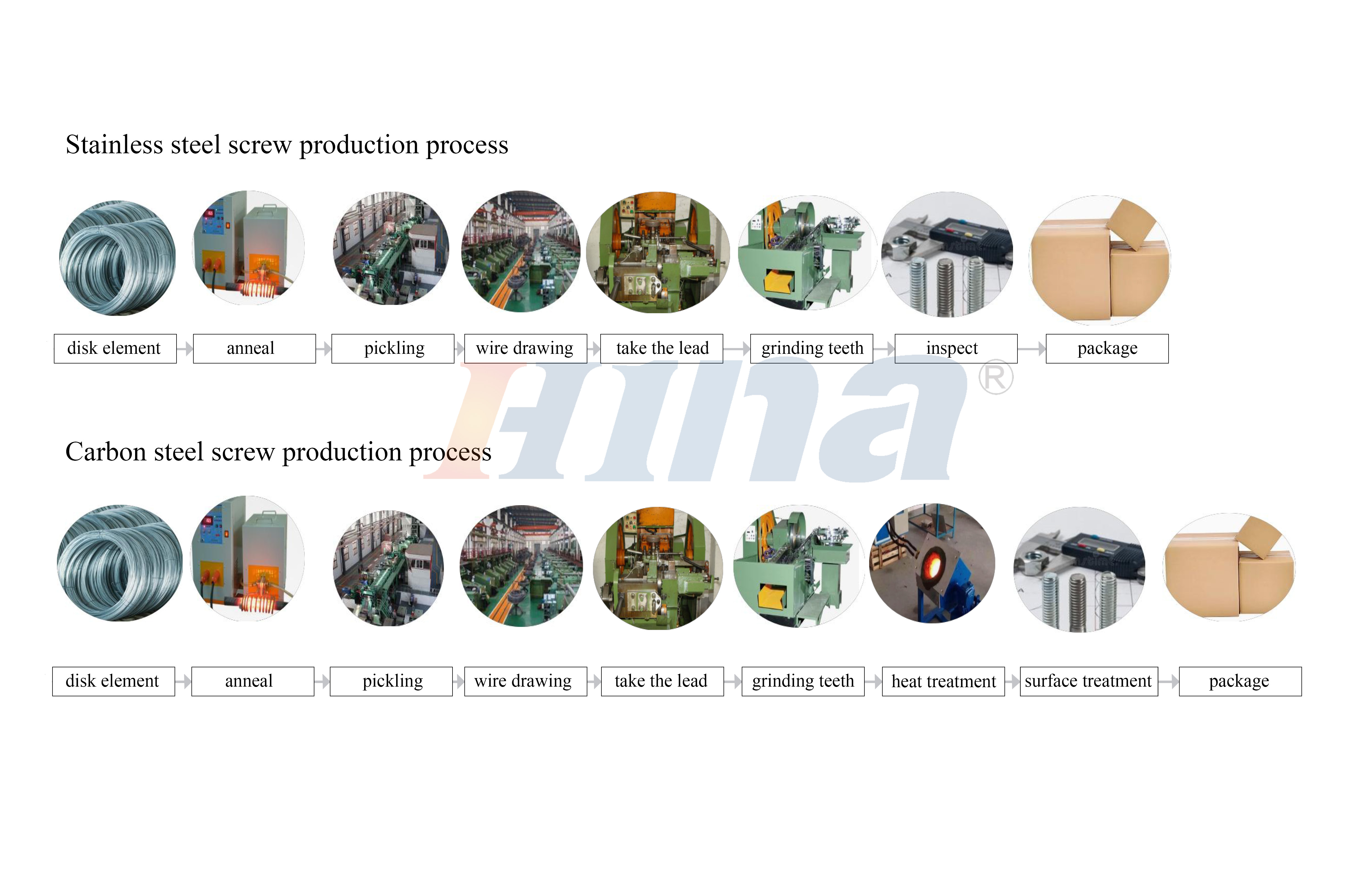- All
- Product Name
- Product Keyword
- Product Model
- Product Summary
- Product Description
- Multi Field Search
| Availability: | |
|---|---|
| Quantity: | |





HINA
HINA2024121303
ACME thread rod is a rod with a trapezoidal thread profile. ACME thread belongs to the British trapezoidal thread, and its tooth angle is 29°. Compared with ordinary triangular thread, it has better load-bearing capacity. The design of this tooth angle enables the thread to distribute stress more evenly when subjected to axial and radial forces, reducing stress concentration.
The surface accuracy of the rod is generally high, which is to ensure good transmission performance when matched with the nut. For example, in some precision mechanical transmission devices, the high precision of ACME thread rod can ensure the accuracy and stability of transmission and reduce vibration and noise during transmission.




Widely used in petrochemical, pipeline connection, flange fixing and high-pressure systems.
Suitable for occasions that require multiple installation and disassembly or high-strength fastening.
Advantages:
Reusable: easy to disassemble and assemble, suitable for equipment that requires regular maintenance.
Easy to install: no need to consider the direction of the bolt head like hexagonal bolts.
Strong adaptability: can be used in narrow spaces or specific connection requirements.
Haina is committed to providing you with high-quality stainless steel standard fastener services. We have a large number of stocks, with sizes ranging from M5 to M20 and lengths from 10 to 200MM to meet your different needs. We provide you with free samples so that you can fully understand the product quality before purchasing. At the same time, we also provide authoritative 3.1 test reports to ensure that the products meet high standards. In addition, we support video factory inspections, so that you can remotely and intuitively understand our production environment and strength. Choosing Haina means choosing professional and reliable fastener services.

What is the difference between a stud and a threaded rod?
The main difference between studs and threaded rods is their length and purpose. Studs are usually shorter and have threads at both ends, with no threads or only a small amount of threads in the middle. They are used for double-sided fixing, such as the connection between flanges and mechanical parts. Threaded rods are threaded throughout and have a longer length. They can be cut as needed and are widely used in construction, installation, and maintenance for fixing, tightening, or structural reinforcement. Studs are suitable for precision connections, while threaded rods are more flexible and suitable for general fixing.
What is another name for a threaded rod?
Another name for a threaded rod is all-thread or stud.
What is the size of a thread rod?
Threaded rods come in various sizes, typically ranging from #4-40 (smallest) to 4 inches or more in diameter, and lengths from 1 foot to 12 feet or longer, depending on the application and standard.
ACME thread rod is a rod with a trapezoidal thread profile. ACME thread belongs to the British trapezoidal thread, and its tooth angle is 29°. Compared with ordinary triangular thread, it has better load-bearing capacity. The design of this tooth angle enables the thread to distribute stress more evenly when subjected to axial and radial forces, reducing stress concentration.
The surface accuracy of the rod is generally high, which is to ensure good transmission performance when matched with the nut. For example, in some precision mechanical transmission devices, the high precision of ACME thread rod can ensure the accuracy and stability of transmission and reduce vibration and noise during transmission.




Widely used in petrochemical, pipeline connection, flange fixing and high-pressure systems.
Suitable for occasions that require multiple installation and disassembly or high-strength fastening.
Advantages:
Reusable: easy to disassemble and assemble, suitable for equipment that requires regular maintenance.
Easy to install: no need to consider the direction of the bolt head like hexagonal bolts.
Strong adaptability: can be used in narrow spaces or specific connection requirements.
Haina is committed to providing you with high-quality stainless steel standard fastener services. We have a large number of stocks, with sizes ranging from M5 to M20 and lengths from 10 to 200MM to meet your different needs. We provide you with free samples so that you can fully understand the product quality before purchasing. At the same time, we also provide authoritative 3.1 test reports to ensure that the products meet high standards. In addition, we support video factory inspections, so that you can remotely and intuitively understand our production environment and strength. Choosing Haina means choosing professional and reliable fastener services.

What is the difference between a stud and a threaded rod?
The main difference between studs and threaded rods is their length and purpose. Studs are usually shorter and have threads at both ends, with no threads or only a small amount of threads in the middle. They are used for double-sided fixing, such as the connection between flanges and mechanical parts. Threaded rods are threaded throughout and have a longer length. They can be cut as needed and are widely used in construction, installation, and maintenance for fixing, tightening, or structural reinforcement. Studs are suitable for precision connections, while threaded rods are more flexible and suitable for general fixing.
What is another name for a threaded rod?
Another name for a threaded rod is all-thread or stud.
What is the size of a thread rod?
Threaded rods come in various sizes, typically ranging from #4-40 (smallest) to 4 inches or more in diameter, and lengths from 1 foot to 12 feet or longer, depending on the application and standard.